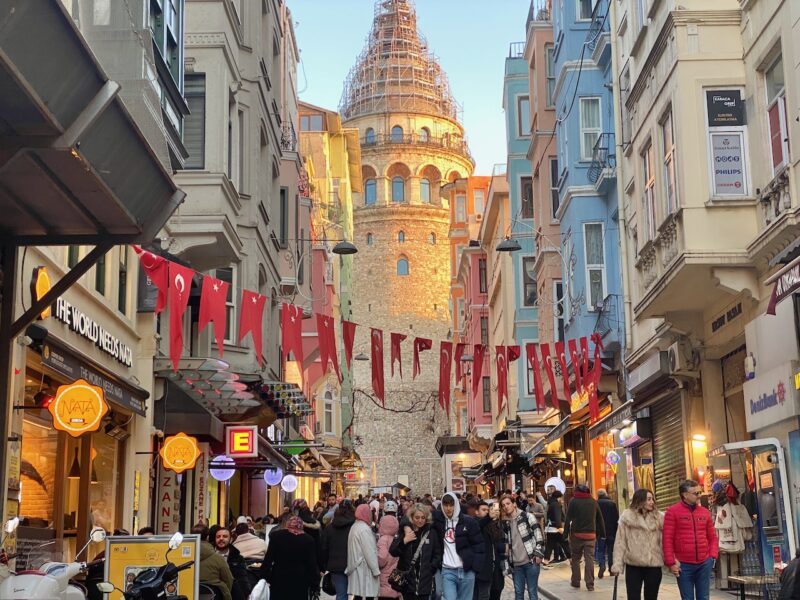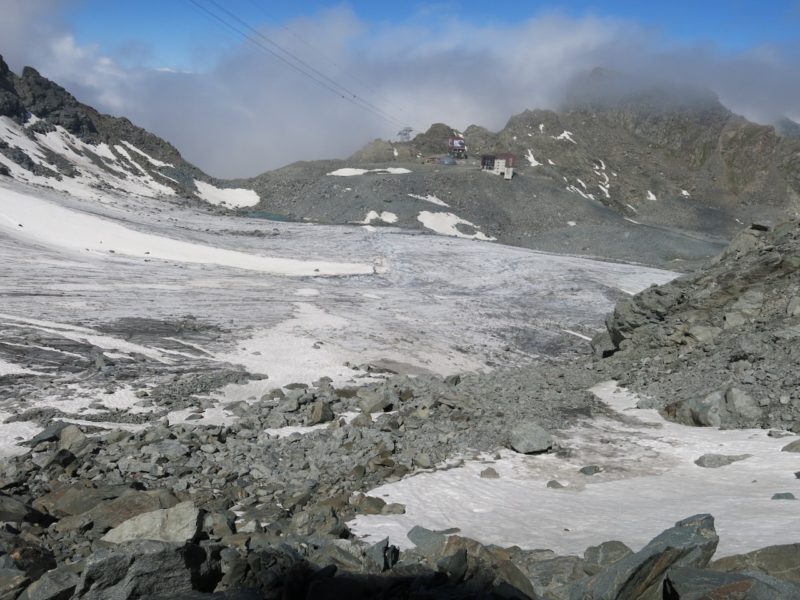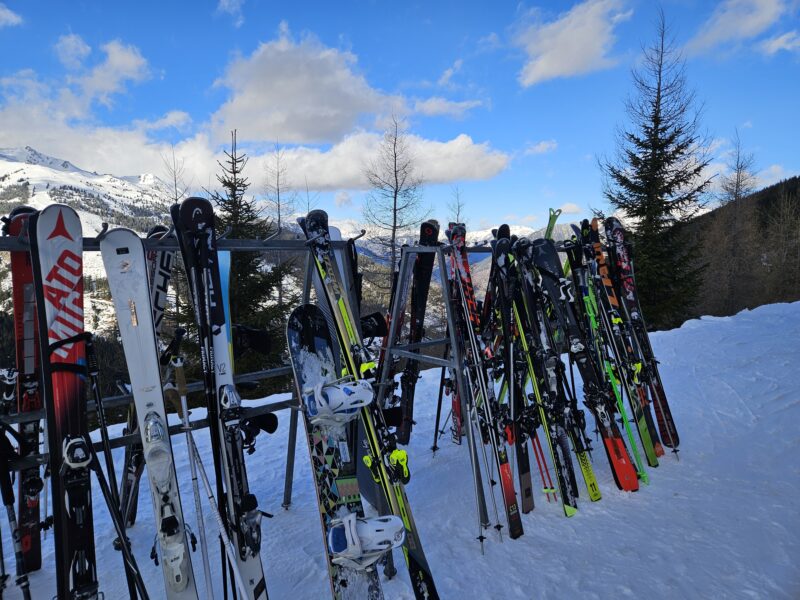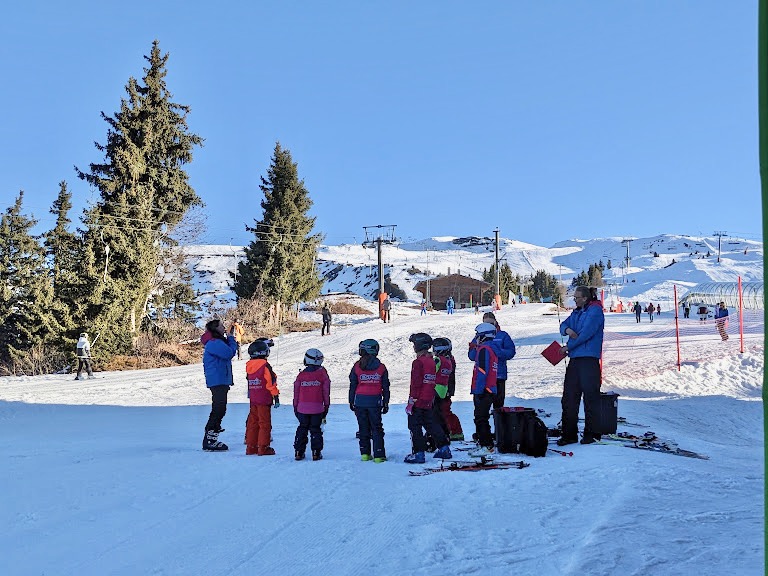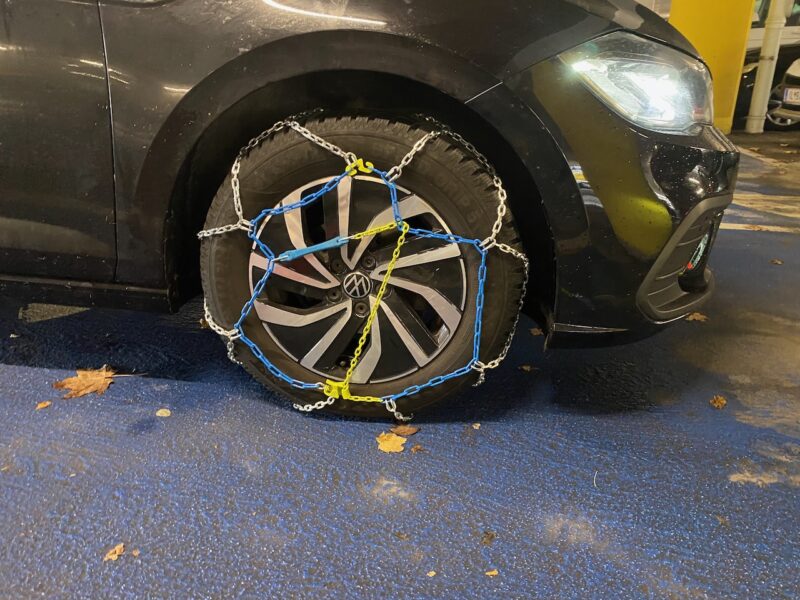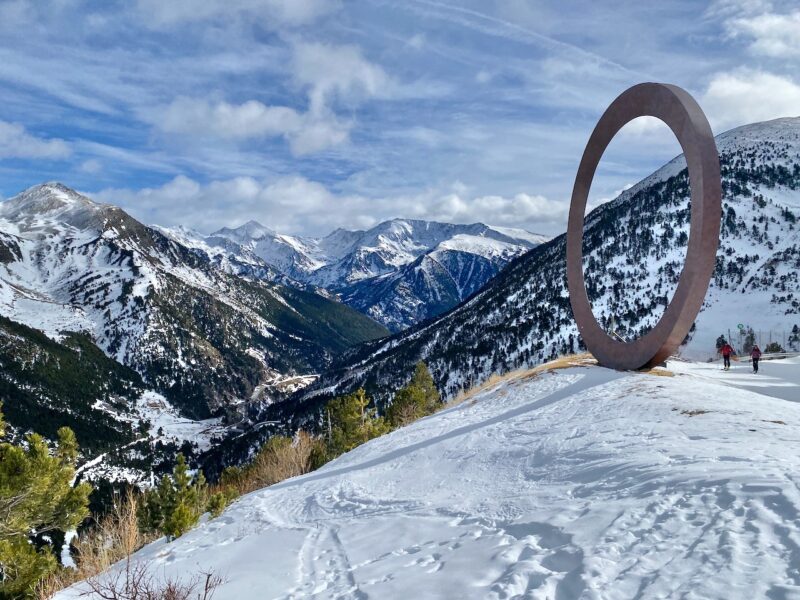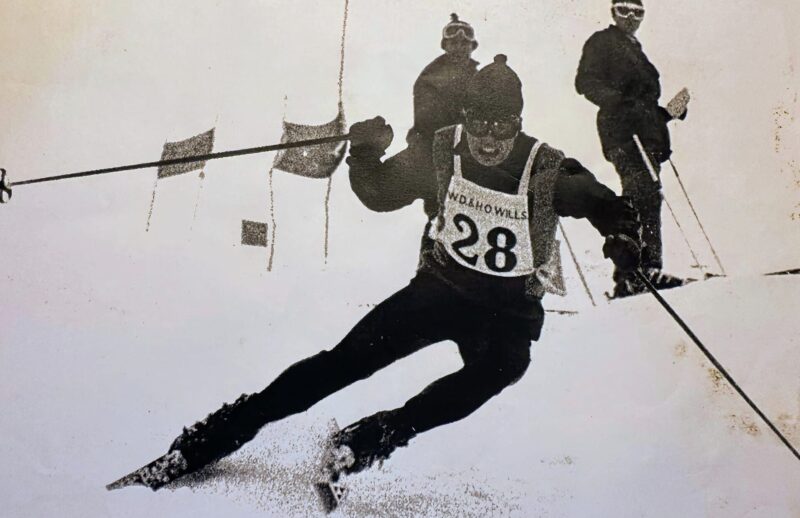Glaciers Around the World Melting Faster Due to Increasing Climate Change
8th June 2022
Last modified on June 29th, 2022
The pace of their melt is accelerating on all the continents on Earth. PlanetSKI examines the current situation, the issues at stake and looks at some of the latest research.
The glaciers are dying before our very eyes, and they are perhaps one of the easiest ways to see the impact of climate change on the planet.
The Alps
There used to be summer skiing on the Mont Fort glacier in Verbier, Switzerland.
Not anymore.

Mont Fort glacier, Switzerland. Image © PlanetSKI
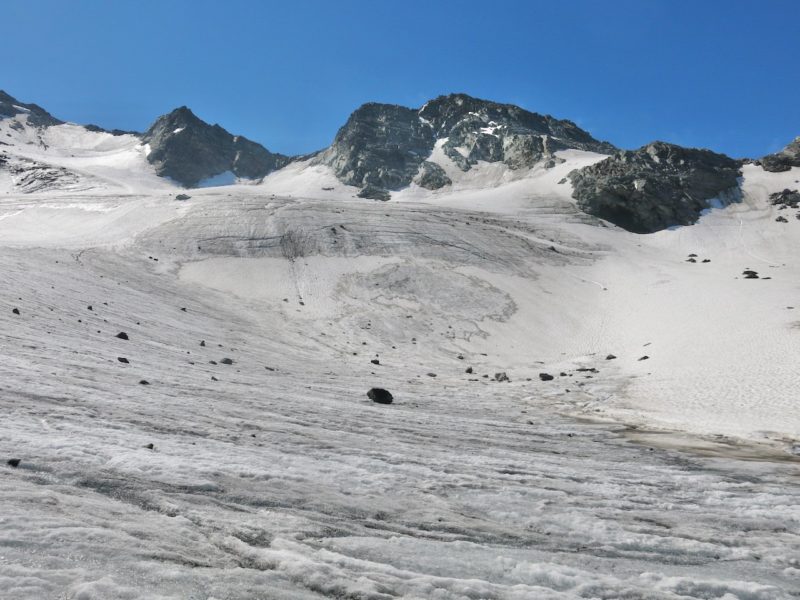
Mont Fort glacier, Switzerland. Image © PlanetSKI
This month Val D’Isere in France has announced it will not be opening its glacier for summer skiing this year as there is not enough cover.
The Austrian glacier resort of Molltaler has also decided not to open.
“Unfortunately, there is no ski operation this summer season,” the glacier resort said.
“But we hope to be able to start the next winter season as early as possible,” it added.
Elsewhere in Europe the melt continues, though Les2Alpes has recently opened its glacier area for skiing and snowboarding.
The longest glacier in the Eastern Alps, the Pasterze glacier in Austria, could be divided in two this summer.
It is approximately 8.4 kilometres in length and is the longest glacier in Austria and in the Eastern Alps.
It lies within the Glockner Group of the High Tauern mountain range in Carinthia beneath Austria’s highest mountain, the Grossglockner.
A thin strip of ice connects the top to the bottom and if this goes then the supply of ice to the lower section finishes.
That means the lower portion of the glacier will melt in the next 10 to 20 years.
Its demise has been recorded and studied by the glaciologist Andrea Fischer, of the Austrian Academy of Sciences.
The secretary general of the World Meteorological Organisation, Petteri Taalas, said that the melting of glaciers and polar ice will “continue for centuries.”
He said that despite the battle against climate change he “has no more hope for the Austrian glaciers.”
We have also recently reported on the threat climate change poses to indigenous alpine plants
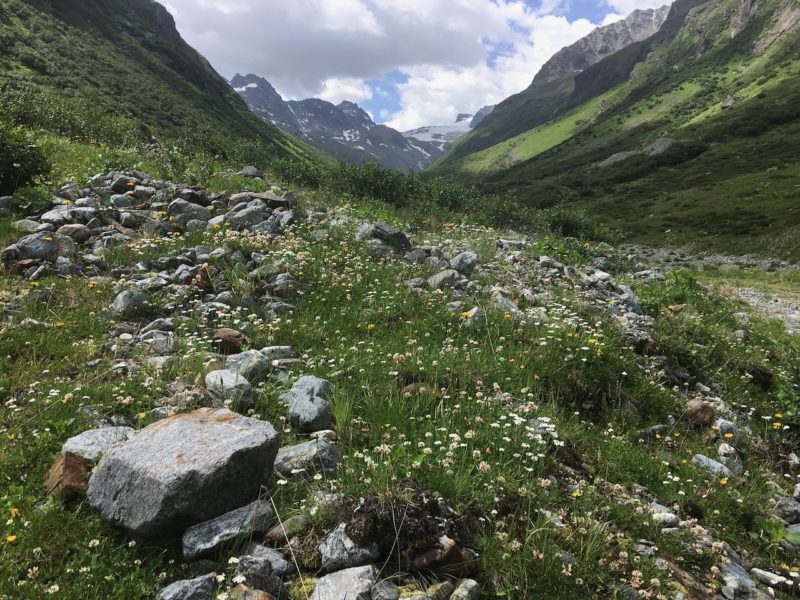
Alpine plants. Image © PlanetSKI
The Pyrenees
Last year was the warmest in the Pyrenees in the last six decades with the annual temperature rising by an average of 1.6 degrees since 1959.
Since 1983 more than half of the glaciers in the Pyrenees have disappeared.
Currently there are 20 with all in a ‘delicate state of equilibrium’.
In Spain the Aneto glacier in the province of Huesca has lost half its length in the past 30 years.
The volume of ice in the Cotiella ice cave, also in Aragon, has decreased by 20%.
See here for further details.
Northern Europe
In Iceland three years ago a ‘funeral service’ was held for OK glacier that melted due to climate change.
It is predicted that in the next decades many others will follow suit.
In Norway in the past 15 years, climate breakdown has been responsible for the disappearance of hundreds of square kms of Norwegian glaciers and ice patches.
One upside is the historical relics they have given up.
Recently a Bronze Age shoes dating back 3,000 years has been found and an arrow shaft dating back 6,100 years.
The Himalays
The word ‘Himalaya’ means ‘House of Snow’.
The mountain range is the second largest icecap outside the polar regions.
But it is now melting at the fastest rate in human history.
A third of the Himalayan glaciers are projected to disappear by the end of this century due to climate change.
It will threaten the supply of water to nearly 2 billion people across South Asia.
See this latest video on the issues:
There is further information here on the situation in Tibet:
North America
In Canada the four key climate change indicators — greenhouse gas concentrations, sea-level rise, ocean heat and acidification — set new records in 2021.
The Kokanee Glacier in British Columbia is declining sharply according to Ben Pelto who has been studying the Kokanee Glacier for the last nine years.
He said the glacier has been losing mass for the last five years.
Last year it lost around 5% of its total volume.
“It was the worst year I’ve seen at the Kokanee Glacier,” he said.
“It was like the equivalent of taking a two-and-a-half-metre slice off the entire glacier.”
Pelto said since 2017 the glacier has lost just over 11% of its total volume.
The meteorologist, Christy Climenhaga, has visited the Athabasca Glacier in the Icefields Parkway in Alberta, Canada.
The Andes
The glaciers tropical areas of the Andes mountain range lost 42% of their surface between 1990 and 2020.
That’s according to a Brazilian environmental initiative, MapBiomas.
“The glaciers of the tropical Andes are undergoing a rapid reduction, with potential environmental, cultural and economic impacts for local populations,” said the study published in the journal Remote Sensing.
The ice masses in the mountain area between the Tropics of Capricorn and Cancer lost 2,429 square kilometers of surface.
“That unprecedented growth in the loss of glaciers can be attributed to climatic changes and non-climatic factors such as the increase in forest fires in recent years in the Amazon, which generate black carbon, an element that can accelerate the retreat of the snow,” said the investigation.
See here for further details.

Image c/o PlanetSKI

